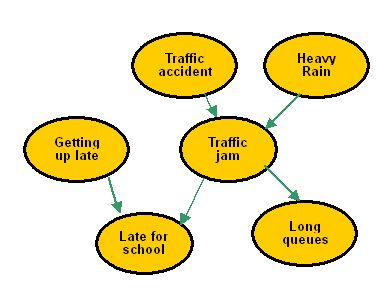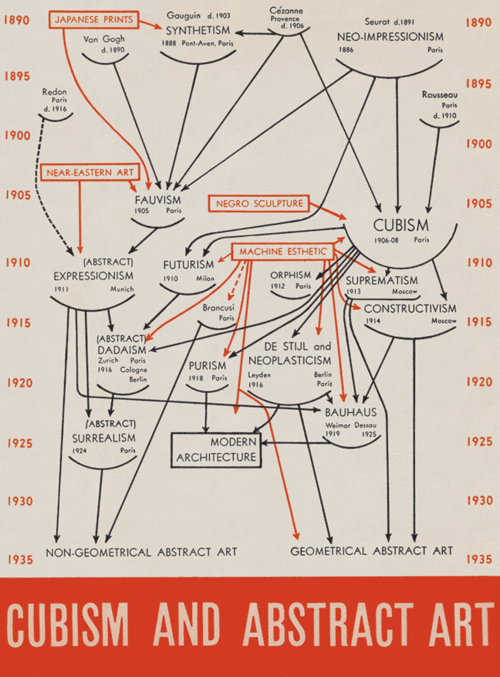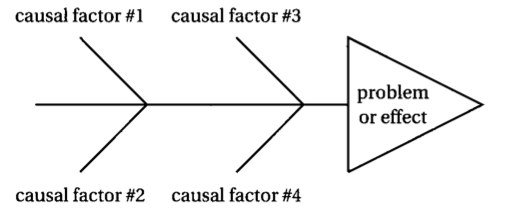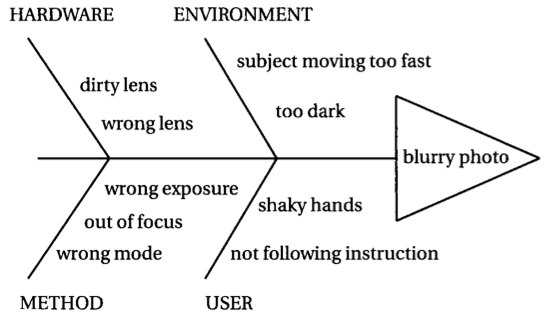[S07] Causal diagrams
Module: Scientific methodology
- S00. Introduction
- S01. Theories & evidence
- S02. Scientific method
- S03. Theory choice
- S04. Causation
- S05. Mill's methods
- S06. Causal inferences
- S07. Causal diagrams
- S08. Causal fallacies
- S09. Scientific research
Quote of the page
Any intelligent fool can make things bigger, more complex, and more violent. It takes a touch of genius -- and a lot of courage -- to move in the opposite direction.
- Albert Einstein
Help us promote
critical thinking!
Popular pages
- What is critical thinking?
- What is logic?
- Hardest logic puzzle ever
- Free miniguide
- What is an argument?
- Knights and knaves puzzles
- Logic puzzles
- What is a good argument?
- Improving critical thinking
- Analogical arguments
The world being a complicated place, events are often related by complex causal connections. Cause and effect diagrams can play a very important role in understanding such connections, and assist in the calculation of statistical and probabilistic dependencies. By laying out such connections, diagrams can help us identify important crucial factors in the explanation, prediction and control of events. Here we discuss briefly two popular types of cause and effect diagrams.
§1. Causal networks
Causal networks are diagrams that indicate causal connections using arrows. Here is a simple example where an arrow from A to B indicates that A is the cause of B.

Causal networks are particularly useful in showing causal processes which involve a number of different stages. Here is a beautiful diagram created by Alfred Barr, the first director of the MOMA museum, showing the influences between movements in modern art:

In science, the arrows in a cause and effect diagram can be given probability assignments to indicate how likely it is that one event would lead to another. Special algorithms or programs can then be used to calculate how likely it is for a particular effect to come about. These networks with probability are known as "Bayesian networks" or Belief nets".
§2. Fishbone diagrams
Fishbone diagrams are so-called because they resemble fishbones. They are also called "Ishikawa diagrams", named after Kaoru Ishikawa of Japan. A fishbone diagram is a graphical representation of the different factors that contribute to an effect. They are often used in business and management.
In a typical fishbone diagram, the effect is usually a problem to be resolved, and is placed at the "fish head". The causes of the effect are then laid out along the "bones", and classified into different types along the branches. Further causes can be laid out alongside further side branches. So the general structure of a fishbone diagram is something like this:

Here is an example of how a fishbone diagram can be used to display different types of causes:

One advantage of these diagrams is that they give a big picture of the main causal factors leading to the effect. These diagrams are now often used in quality management, and in brainstorming sessions.